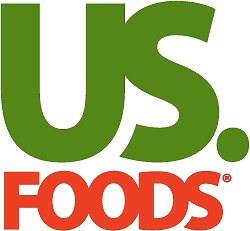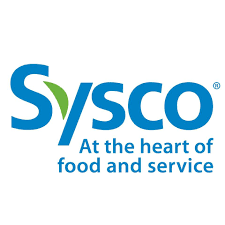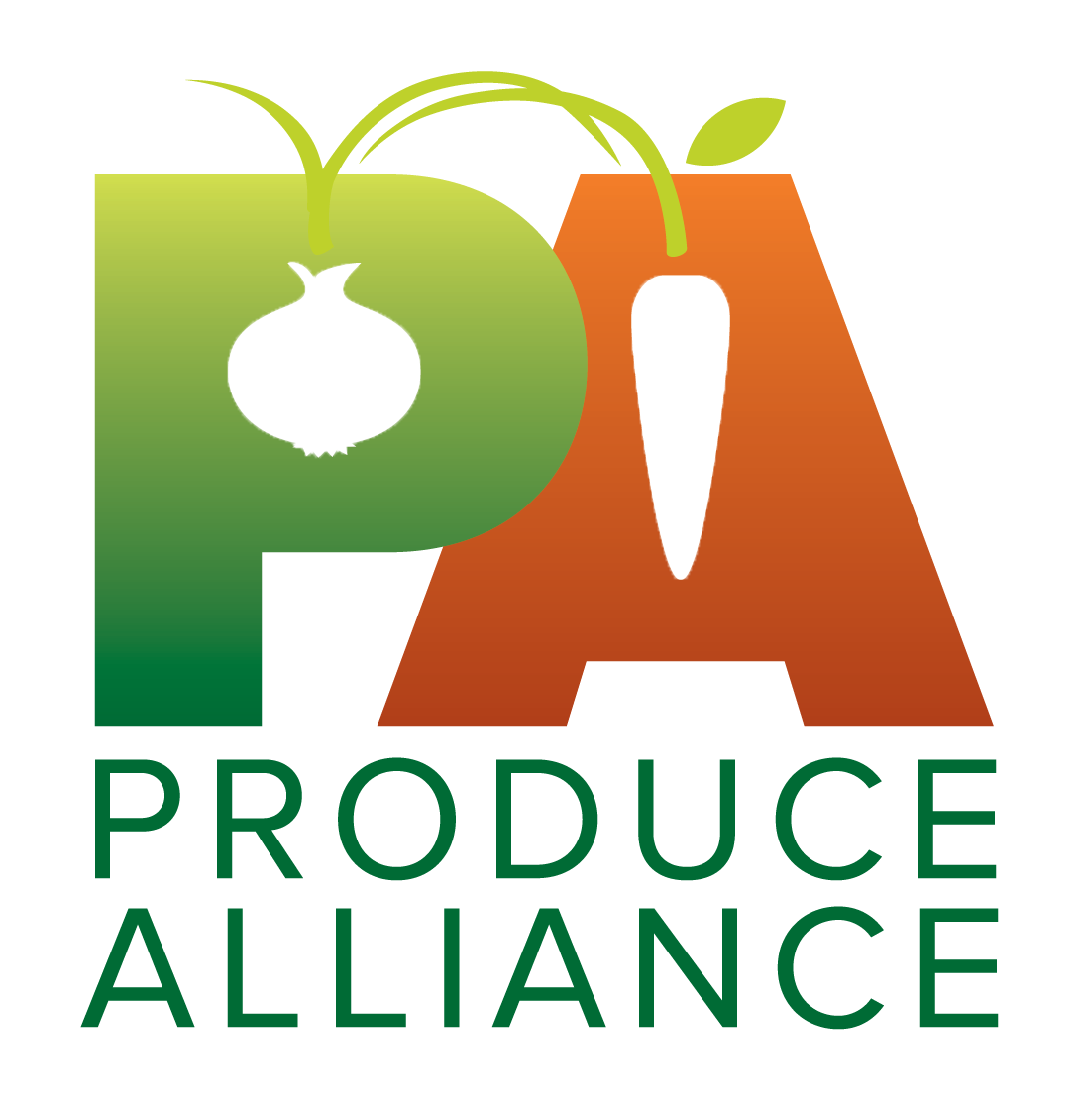Fresh produce is the foundation of a growing number of menu strategies across the foodservice landscape. Whether it's a fast-casual bowl packed with greens and grains or pre-cut convenience packs, foodservice is rising to meet the consumer demand for health and sustainable products.
Industry experts spoke with The Packer to weigh in on what's shaping the future of fresh produce in this sector. Their insights reveal a strong and sustained demand for health-forward offerings, creative use of globally inspired produce and a move toward cleaner, more transparent menus.
Consumer Demand
Foodservice is an important driver when it comes to shaping how consumers think about produce, says Harlan Ewert, director of sales for Verdant Technologies.
“A lot of people try new fruits or vegetables for the first time in a restaurant,” Ewert says. “When something like roasted cauliflower or a peach salad shows up on a menu and people enjoy it, they often look for that item later at the grocery store. So, restaurants aren't just serving what people ask for; they're teaching people what to want.”
At the same time, foodservice uses a huge volume of produce in its own right.
“As people have returned to eating out post-pandemic, we've seen fresh produce become more central on menus, and not just a garnish or side, but part of the main dish,” Ewert says. “The growers and suppliers we work with are definitely feeling pressure to keep that produce fresher, longer, and to waste less of it.”
For Verdant, this makes foodservice an essential channel for supporting growers, Ewert says. “When fresh produce can arrive in peak condition and last longer in foodservice settings, everyone wins, from chefs who gain flexibility and consistency, to diners who experience better flavor and texture.”
Health Trends
When it comes to health trends, whether GLP-1 diets, plant-forward menus or locally sourced and sustainable options, Ewert says three things stand out.
- Sustainability is front and center — “Growers, distributors and operators are looking for ways to reduce waste, cut down on packaging and find partners who help them hit those goals,” Ewert says. “We're seeing a lot of traction for our solution that extends shelf life without adding unnecessary complexity. That's a big deal when you're shipping broccoli across the country without ice or liners.”
- Health and wellness are shaping what people want to eat — “That means more demand for produce that's not just fresh, but functional — think avocados, kale, cucumbers, things with hydration or nutritional benefits,” Ewert says. “Food as medicine is real, and produce plays a starring role.”
- Freshness and transparency — “Foodservice buyers want to know their produce will last once it arrives, and they want simple, clean ways to make that happen,” Ewert says. “That's why HarvestHold Fresh, which works with humidity and doesn't require special storage or equipment, is gaining attention. People want solutions that just work, and work without reinventing their supply chain.”
Changes in Foodservice
Foodservice has evolved over the years.
“It's changed a lot. Ten years ago, most produce was seen as basic side items, maybe steamed florets or a few cucumber slices on a salad,” Ewert says. “Fast forward to today, and they're showing up as center-of-plate features. We're seeing things like charred broccoli with chili oil and garlic crunch, or shaved cucumber ribbons in globally inspired grain bowls with yogurt and herbs. These ingredients have become building blocks for bold, plant-forward meals, not just filler.”
The presentation also has changed.
“Now it's about visual appeal, texture, freshness and story,” Ewert says. “A dish might highlight where the broccoli was grown or how the cucumbers were harvested and handled. That shift has made freshness and shelf life even more important, especially in foodservice, where consistency and prep flexibility matter.”
At the same time, Ewert says there's been a significant development behind the scenes.
“Foodservice buyers started demanding better quality, longer shelf life and less waste. That opened the door for postharvest innovation,” Ewert says. “A product like HarvestHold Fresh wouldn't have had the same traction 10 years ago. But now? It solves real problems, helping buyers keep produce fresher, reduce shrink and hit their sustainability goals. That's a big change from where things were just a few years back.
“So, if you look at the last decade, fresh produce hasn't just evolved, it's been redefined,” Ewert adds. “It's now about flavor, function, and food values, not just color on the plate.”

Projected Trends
“This may not feel like groundbreaking insights, but quality and consistency are going to lead the charge,” Ewert says. “Foodservice buyers are under more pressure than ever to deliver great-looking, great-tasting produce and do it consistently. They need fruits and vegetables that are reliable, hold up well in storage and perform on the plate.”
To that point, Ewert says foodservice buyers are going to increasingly seek out solutions that reduce shrink, protect flavor and texture, and give operators more flexibility in how they prep and serve produce.
Beyond that, “We see menus continuing to shift toward flexitarian meals — dishes where produce is the hero, with or without animal protein. Think hearty, flavorful plates built around vegetables, grains and clean ingredients. Foodservice is getting more creative, and produce is taking the lead,” Ewert says.
Partnerships Enhance Industry Education
The International Foodservice Distributors Association and the National Grocers Association have entered a strategic partnership aimed at strengthening the food distribution industry through shared educational resources and thought leadership.
As part of this new alliance, NGA will join the 2025 IFDA Solutions Conference — taking place Sept. 28 to Oct. 1 in Columbus, Ohio — as an official educational partner. This collaboration will unlock expanded learning opportunities for members of both organizations, with a focus on the critical areas of warehousing, transportation and operations, according to a news release.
“This partnership is a powerful example of how cross-industry collaboration can accelerate innovation,” says Mark S. Allen, president and CEO of IFDA. “By bringing together our collective expertise, we're delivering greater value to our members and helping shape the future of food distribution.”
“Our collaboration with IFDA reflects NGA's continued commitment to delivering best-in-class education and insights to our wholesaler members,” says Greg Ferrara, president and CEO of NGA. “Together, we're creating new opportunities for professionals to learn, connect and lead in a rapidly evolving industry.”
Through this partnership, IFDA and NGA say the groups will co-develop timely, relevant programming designed to meet the evolving needs of today's food industry — all under one roof at the 2025 Solutions Conference.
The Packer reached out to Allen to learn more about how the IFDA and NGA partnership will help support retail foodservice operators.
“This partnership creates a more comprehensive support system by leveraging the collective knowledge of two major food distribution-focused organizations,” Allen says, with impacts on:
- Supply chain optimization — Foodservice distributors and grocery wholesalers share many of the same opportunities and challenges. By coming together, companies can share innovative ideas and best practices around technology and workforce, for example. Together, participants will learn alongside each other and further optimize warehousing, transportation and operations while reducing costs.
- Expanded education — The partnership provides broader learning opportunities at the IFDA 2025 Solutions Conference. Although the initial focus will be on operations education, both organizations have strong core competencies that could serve as an opportunity to further grow together.
- Technology advancement — This is an area of keen interest for both foodservice distributors and grocery wholesalers, Allen says. Through a combination of timely, relevant education coupled with a show floor designed to showcase innovation, any participating company should come away with innovative ideas to help their business.
- Cross-sector networking — The collaboration facilitates new connections between foodservice distributors and grocery wholesalers, which could lead to potential new partnerships and collaborative solutions.
Packaging Innovation in Foodservice
Columbus, Ohio-based fresh-cut produce manufacturing company DNO Produce says it has eliminated traditional single-use plastics from its FreshHealth product line, integrating film packaging with enhanced biodegradation and compostable cups for its individually packaged fresh food products.
DNO Produce currently services school nutrition programs in 17 states, equipping thousands of K-12 students with fresh fruits and vegetables daily, according to a news release.
The family-owned business says it is dedicated to transforming how children consume fresh produce in the classroom, the cafeteria and their communities. DNO's FreshHealth product line offers individually packaged produce tailored for school nutrition programs, featuring items such as crinkle-cut cucumbers, watermelon radish coins, jicama sticks and golden kiwifruit to make eating fruits and vegetables fun and accessible for kids, according to the company.
Due to staffing challenges many school districts continue to face, there is a large need for individually packaged, pre-portioned food, says DNO, adding that its prepared produce spares schools from having to sort, wash, pre-cut and portion their offerings. Previously, the majority of DNO's pre-portioned products were distributed in plastic bags and cups. The switch in packaging will replace more than 945,000 pounds of traditional plastic currently used in DNO's operations annually, according to the release.
“Our transition to more sustainable packaging is the culmination of a multi-year effort to align our operations with our sustainability goals,” says Alex DiNovo, DNO president. “During the COVID-19 pandemic, the demand for individually packaged produce surged, and we saw an opportunity to innovate our packaging to reduce landfill volume for the generations that come after us. Our goal has always been to demonstrate the importance of sustainability and environmental stewardship to the students we serve, and this new packaging is a major step forward.”
“There is a real societal expectation that the food industries continue to integrate into their offerings innovative solutions to single-use packaging,” says Max Teplitski, chief science officer for the International Fresh Produce Association. “DNO is in a unique leadership position among its peers in proactively testing and bringing to market sustainability solutions. This innovative packaging is another example of this family-owned company's commitment to the community it serves, to the kids that it feeds and to the industry that it represents.”
Beginning in fall 2025, 94.3% of DNO's single-serve school offerings will transition from plastic bags to a more sustainable film that breaks down in landfill conditions within 10 years, compared to traditional plastics, which can take up to 1,000 years to biodegrade, according to the release. The remaining 5.7% of DNO's single school servings, previously packaged in plastic cups, have been switched to compostable cups. DNO says the cups have maximum environmental benefit when diverted into compost waste streams.
In addition to the new packaging, DNO has previously implemented several other sustainability efforts to divert food waste. Edible food waste (such as overripe bananas) is donated to local food recovery nonprofits, and non-edible food waste (such as onion skins and fruit rinds) is given to local farms to feed animals.
DNO says the switch in packaging will not affect its product offerings, affect the shelf life of products, or raise DNO's prices.
“We understand the financial pressures school nutrition programs face, having to provide nutritious meals at specific price points. At the same time, sustainability is one of DNO's main pillars,” DiNovo says. “Our commitment to our planet and our schools is deeply rooted, and we will absorb the cost of this switch to make sure both commitments are honored. We always have and always will continue to prioritize quality, safety, variety, and price, ensuring our sustainable changes meet these high standards.”
NSF Research Shows Americans Demand Greater Clarity in Food Labeling
An NSF survey reveals a striking gap between U.S. consumer requirements and current labeling practices.
The global public health and safety organization released key findings from a survey focused on understanding the effectiveness of U.S. food labeling and its role in consumer decisions.
“Health and wellness continue to be a focus for most consumers, and with the growing popularity of label-review apps and lack of critical food labeling information in e-commerce, NSF's research demonstrates that many consumers are reading labels with a more critical eye,” says Michelle Anstey, regulatory manager for NSF. “The food industry must respond to these evolving consumer demands, prioritizing more transparent, accessible and reliable labeling practices as regulations are updated and introduced.”
The research, which surveyed 1,000 Americans, highlights several challenges, including a lack of confidence in food labels, desired improvements in labeling and the need for standardized sustainability metrics.
Key findings include:
- Labels are a key touch point — The survey shows 83% of U.S. consumers read food labels before making a purchase decision; 64% pay more attention to labels compared to five years ago. When reading food labels, adults first look for the expiration date (86%), ingredients list (79%), health claims (78%), allergen warnings (77%) and country of origin (77%).
- At the same time, confidence is lacking — Only 16% of adults find health claims very trustworthy. Just 37% rate food labeling in the U.S. better than labeling in other countries.
- Consumers want clearer labels — One in five struggle to interpret nutritional information on food labels. Respondents want to see more detailed processing information (82%) and comprehensive allergen information (80%) on the food they're purchasing.
- Sustainability is top of mind — The survey shows 67% consider sustainability factors important in food purchasing decisions, yet only 39% feel current food labels adequately address sustainability; 69% would like to see ethical sourcing information on product labels.
“NSF's consumer survey results point us in the right direction as we revisit and improve food labeling in 2025,” adds Anstey. “By improving transparency and standardization, we can better communicate with consumers and support a more sustainable, trustworthy food supply chain.”



















